Review: ZTE Max for Boost Mobile
Feb 6, 2014, 10:00 AM by Eric M. Zeman

ZTE brings its big-screen Android smartphone to Sprint's pre-paid service. The Max has a number of things going for it and little going against it. Here is Phone Scoop's full review.
Form
Is It Your Type?
The ZTE Max is large, inexpensive Android smartphone for Boost Mobile. Given the Max's size, you have to be the sort who likes phablets to pick this phone from ZTE. It has features that border on flagship quality, though they don't quite reach that high. Still, it's the biggest phone in Boost's arsenal and has a lot to offer. Here's why.
Body
The Max is a giganto-phone in every sense of the word. It boasts nearly identical measurements to the enormous HTC One max. It's staggeringly big - but that's supposed to be part of this phone's appeal.
The Max boasts fairly good looks. The front is all black glass, and the back is a two-tone combination of metal and plastic. The metal forms most of the back surface as well as the frame encircling the outer edge of the phone. The metallic frame helps give the Max an exceptionally solid feel and a nice touch of class at the same time. The use of metal in smartphone design almost always makes me happy, and the mix of colors is pleasing. The materials and manufacturing of the phone are good, though not quite the best I've seen. Seams are tight for the most part, and the phone doesn't bend or flex.
Good looks aside, the Max is a tough phone to hold onto. The extreme size makes it a two-handed device, without doubt. I found it difficult to grip the phone tightly, as I couldn't wrap my fingers all the way around its wide girth. The device is also weighty, and my hand suffered fatigue after using it for a full day. I often found myself switching hands or resting the Max on a flat surface rather than hold it in the same hand consistently. My thumb can only reach about half the screen, but even adjusting my grip didn't help me reach the top-most area of the screen. The Max will not fit in all pockets. In fact, I found it gave me trouble with some of my newer jeans; It often stuck out of my back pocket or poked me in all the wrong places when in my front pocket.
The front is rimmed with a lip that protects the screen when the device is placed face down on a flat surface. This lip doesn't help make the phone any more comfortable to hold or use, that's for sure. The display fills a respectable amount of the front and the bezels aren't annoyingly thick. There is a big slit at the top for the earpiece grill, and there are three capacitive buttons below the screen (back, home, and menu.) They offer haptic feedback if you prefer. I found them easy to find and use.
The left edge of the Max has a lot going on. It houses the memory card tray, the volume toggle, and the microUSB port. (You need a small paperclip or SIM card tool to eject the memory card.) The volume toggle has a good profile and great travel and feedback. I really liked the action, but it can be hard to reach with your index finger if you hold the Max in your right hand. The lock button and a dedicated camera button adorn the right edge. Both have excellent profiles and travel and feedback. These buttons are much easier to use than the volume toggle.
Wondering where the SIM card is hiding? The plastic band near the top of the Max's rear cover can be removed. It pops off quite easily. The SIM card is sandwiched between the camera module and the stereo headphone jack. It's one of those spring-loaded jobs, which means you press it in until you hear a click. Though you can remove a portion of the back panel, the battery remains buried inside and is inaccessible. That's a bummer.
The ZTE Max is a decent piece of hardware, if a bit too phablet-y (huge) for my tastes.
Performance
Screen
The Max's screen measures 5.7 inches across the diagonal, but has only 720p HD resolution. That's about the same as the LG G Flex, and the Max has a similar Lo-Fi look to it. The 720p resolution is not the greatest option for a 5.7-inch display. It reduces the pixel density and leaves many elements looking fuzzy. Some icons and graphics almost appeared hazy to my eyes. It may not be as sharp as a 1080p screen, but I found it to be plenty bright. Viewing angles are quite good, and there's no color shift or dimming when the device is tilted side-to-side. The Max was easy to use outdoors as long as the screen is set at or near the maximum brightness setting.
Signal
Boost Mobile operates on Sprint's network, and the Max did well in connecting to and operating on Sprint's 3G/4G signal. Nearly all calls connected on the first dial, and I didn't drop or miss any calls while testing the Max. Data speeds were generally slow on Sprint's 3G network, but picked up significantly when the Max found Sprint's LTE 4G network. Data performance slowed down a little bit when under weak network conditions (whether 3G or 4G). In all, though, I don't really have any complaints.
Sound
Call quality was a bit below average to my ears. The earpiece produces plenty of volume, but there was an audible background hiss and scattered interference that made some calls difficult to understand. I sounded "good" to other callers, but "not great." I found the Max's earpiece to be sufficiently loud for use in all but the loudest environments. The speakerphone outperforms the earpiece in terms of quality and volume. Calls were just a bit clearer, and I could easily hold speakerphone conversations with the volume set at about 60%. Ringers and alert tones easily got my attention, and the vibrate alert was jarringly strong.
Battery
Big phones often have big batteries, and that's true of the ZTE Max. The 3,200mAh power supply is adequate to breath more than a full day's life into the Max. I had no trouble at all getting a day and a half from a single charge, despite heavy use. The Max should provide most owners with at least a day of productivity or fun.
Basics
Menus
The Max runs Android 4.1 Jelly Bean with only light user interface customizations from ZTE and Boost Mobile (as long as you don't count the bloatware).
The lock screen includes the time and three buttons. Press and hold the large, center button to unlock the Max. Two smaller buttons flank the lock button: a shortcut to the camera and a button that either sets the phone to vibrate or turns on the ringer. Other than choosing the type of password you might wish to use, the lock screen cannot be customized.
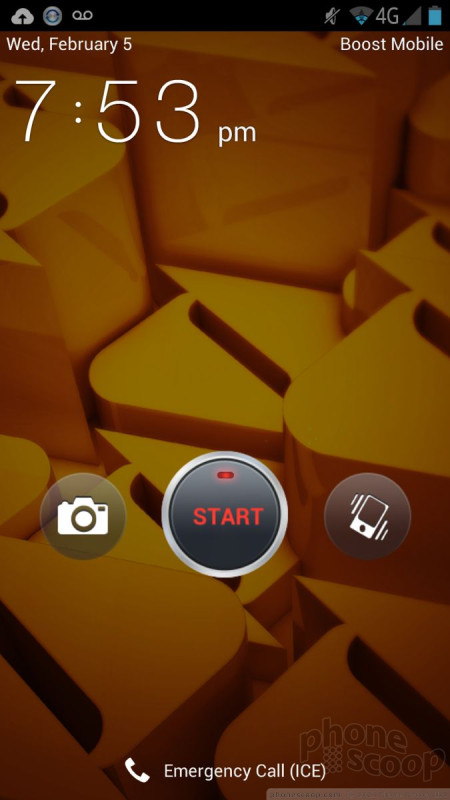
The home screen panels - of which there are five - are crammed with Boost Mobile apps and widgets, but these can all be deleted. As per usual, there's a permanent dock at the bottom of the screen that holds four app shortcuts plus access to the main app menu. The main app menu behaves more or less like you'd expect. The large screen fits 20 apps per page, but is maddeningly fixed as an alphabetical grid.
The notification shade is fairly typical for an Android device. There are toggles along the top for turning on/off select functions, as well as a button that takes you to the main settings menu. The main settings menu looks exactly as it does on any other Android 4.1 phone and is easy to use for controlling the phone. Customizing aspects such as wallpapers, sounds, and other behaviors should be no trouble for most people.
The one neat trick the Max offers is what ZTE calls the Smart Viewer. Like Samsung's Galaxy Note series of smartphones, the Smart Viewer lets users run two apps on the screen at the same time, each separated by an adjustable bar. Most apps on the device can be used in Smart Viewer mode. It can be a powerful multitasking tool if that's how you roll.
If you're not content with the Max's out-of-the-box experience, you'll be happy to learn that it is a Mobile iD device. Devices compatible with Sprint's Mobile iD system allow you to download feature packs that often change the appearance, look, and feel of the device dramatically. The iD packs are available in a dedicated app. There are dozens of them, and each includes wallpapers, apps, widgets, and other items most often centered on a theme, such as NASCAR, or Mobile Professional, etc. The one annoying aspect of the iD packs is that they often include unwanted bloatware.
In terms of performance, the dual-core Qualcomm Snapdragon 400 processor provided plenty of motivation for the Max. The lower-resolution screen likely helps the 400 manage the display without requiring too much processing power. Screen transitions were smooth and I didn't experience any odd behaviors or app crashes.
Calls and Contacts
The phone and contact apps on the Max function similarly to just about every other Android Jelly Bean smartphone. In-call options run the norm, and include speakerphone, mute, send to Bluetooth, and add a line.
There are Android's usual home screen shortcuts for direct access to contacts of your choice. The Max doesn't have a widget for contacts, though. The contact app itself is the stock Android contact app. It is very white, but offers plenty of tools for managing and accessing your peeps.
Messaging
As far as messaging goes, the Max has the stock Android tools on board and nothing else. The SMS app offers nice, threaded conversations; the Gmail/email apps are great ways to manage your inbox. The Google+ app is good for keeping up with your G+ activity - if you have any Google+ activity worth caring about. The Hangouts app (formerly Google Talk) is as powerful as ever for SMS, MMS, IM, and video hangouts. The old-school Android SMS app is on board, too, if you want to separate your texts from your IM chat in Hangouts.
Neither Facebook nor Twitter is pre-installed, so you'll have to download them from the Play Store yourself.
Extras
Media
The Max comes with the stock Android media apps. The Google Play Store is the central location from which to buy, rent, or otherwise access apps, music, movies, TV shows, books, and magazines. The individual Play apps are there to help you consume those various pieces of content. These apps have all been around for a while and function fairly well. So, too, have the simple MP3 and video player apps, which are also on board. The same goes for the standard YouTube application.
The Max also includes NextRadio, iHeartRadio, and Boost Music. NextRadio and iHeartRadio are streaming music services. Boost Music is a music store run by Boost (nee, Sprint.) You're better off avoiding it and sticking to the Play Store.
Last, the Max has a dedicated Dolby Digital app that lets you take some control of the sound coming out of the various media apps. The app works with the simple MP3 and video player apps, as well as games. You can set some simple parameters for the sound, including “surround sound” and preset EQ curves. Honestly, I'd rather have a 5- or 7-band EQ that I could adjust on my own. Does this app improve the sound? Well, that's for you to decide. It certainly changes the sound, but I wouldn't necessarily call it better.
Camera
The camera can be opened via the lock screen shortcut or with a long press of the dedicated camera button. As with most modern smartphone cameras, the Max's software offers two sets of controls, down the left and right sides, though there's still plenty of room on the screen for the viewfinder. The shutter controls are on the right, as is a slider for controlling zoom.
The settings, tools, and shooting modes are all positioned along the left side of the viewfinder. The Max offers auto, normal, HDR, panorama, best shot, and low light shooting modes. Most of these are self-explanatory, with perhaps the exception of “best shot.” Best shot takes a 10-shot burst of photos and lets you pick the best one. The Max also includes a handful of scene modes, including macro, portrait, night portrait, sports, sunset, and landscape.
There is a selection of more advanced shooting modes that are rather neat. Photo clear mode lets you erase objects in the background. Smile capture automatically fires the shutter when the camera senses the subject is smiling. Reprojection mode allows you to straighten out images that have an odd perspective or angle. Group shot mode takes a handful of shots and lets you combine the best series of faces into a single image. The interval mode allows you to take 6 pictures over 30 seconds, 12 pictures over 60 seconds, or 18 pictures over 90 seconds.
Last, the settings allow you to adjust the brightness, white balance, color effects, timer, and so on.
Photos
The Max has an 8-megapixel camera that does a decent job. It fared well in shooting my snow-covered apocalypse, er, yard. White balance is tricky in the snow, and the Max did very well in that respect. Focus was mostly sharp and exposures were often spot on. As with most cameras, it performs best when the lighting is nice and bright. The flash helps low-light situations, such as dark restaurants, and can turn a wasted shot into something useful. The Max doesn't have the best camera around, but it can definitely replace a point-and-shoot on your next daytrip.
Video
Like most of today's leading devices, the Max can capture 1080p HD video. The results I achieved were fairly good. I thought it handled the basics just fine, which means focus, exposure, and white balance were all about right. I did see some grain here and there, and the sensor was sometime unhappy about dramatic lighting changes, but for the most part it produces YouTube-worthy stuff.
Gallery
The Max has both the old Android Gallery app, as well as the new Photos app from Google. Both are fine tools for managing photos, galleries, editing, and sharing. The new Photos app carries over much of the design and many of the features from the older gallery app, but it ties more directly into users' Google+ accounts. It's a bit easier to use and looks somewhat fresher. It lets users edit photos as well as share them without too much trouble. Photos also has Google's Auto-Awesome feature, which automatically enhances your pictures and turns burst-shots into animated GIFs.
Bluetooth
Connecting to other devices via Bluetooth wasn't an issue for the Max. It paired easily and swiftly with PCs, headsets, speakers, and my car. Calls routed through my car's handsfree system were not that great in terms of quality, but pretty good as far as volume is concerned. Music pushed to my favorite Bluetooth speaker was a bit choppy, as the sound cut in and out a bit.
Browser
The Max includes both the basic Android browser and Chrome. The browsing experience was a bit mixed. When LTE was available, the Max performed well at loading web sites. Browsing over 3G wasn't nearly as rewarding, and sites were definitely slower to find their way to Max's screen. Further, weak signals impacted speeds noticeably. The two browsers themselves do a fine job of rendering web sites, and each offers a solid set of tools.
Clock
There is a sizable digital clock on the lockscreen. It is white, and positioned near the top of the screen. I was unable to find any way to customize the clock. As with most similar clocks, you have to be careful about the wallpaper you choose if you want to be able to read the clock at a glance.
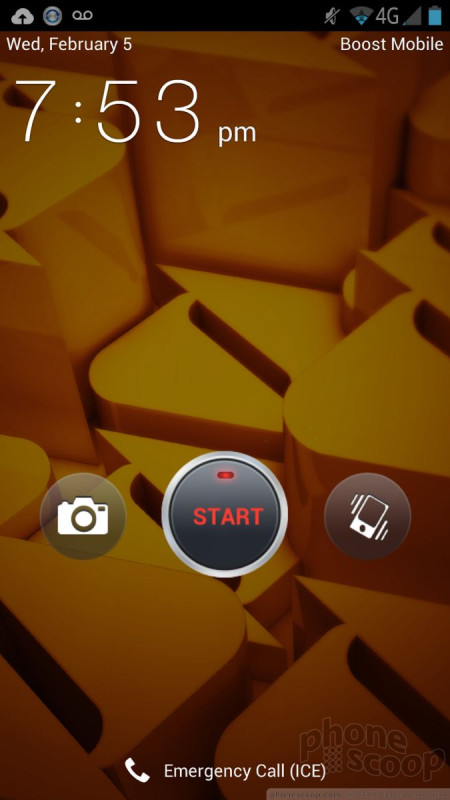
GPS
The Max comes with Google Maps. Paired with the Max's GPS radio, I found Maps to work perfectly. It was able to pinpoint me in less than 10 seconds and to within about 25 feet on both versions. The Max also offers TeleNav's Scout app. Scout is free to use. It offers point-to-point navigation in addition to tons of information about local places (gas stations, banks, restaurants, etc.).
Wrap-Up
For the most part, there's nothing really objectionable about the ZTE Max for Boost Mobile. As long as you're comfortable with phablets, the Max is a lot of phone for the money.
The screen is certainly big, if not the best I've seen. The signal performance was pretty good and battery life was tremendous. The user interface is a cinch to interact with, and the Max has plenty of power to multitask and more. The stock Android tools all functioned perfectly, though the additions from Boost Mobile add few tangible benefits to the phone. The camera performed well, and the Max has media powers to spare.
Other phablets, such as the Samsung Galaxy Note 3 or HTC One max, may be better, but they cost twice as much. At $299 without signing a contract, it's hard to argue with the value offered in the ZTE Max.
Comments
No messages

















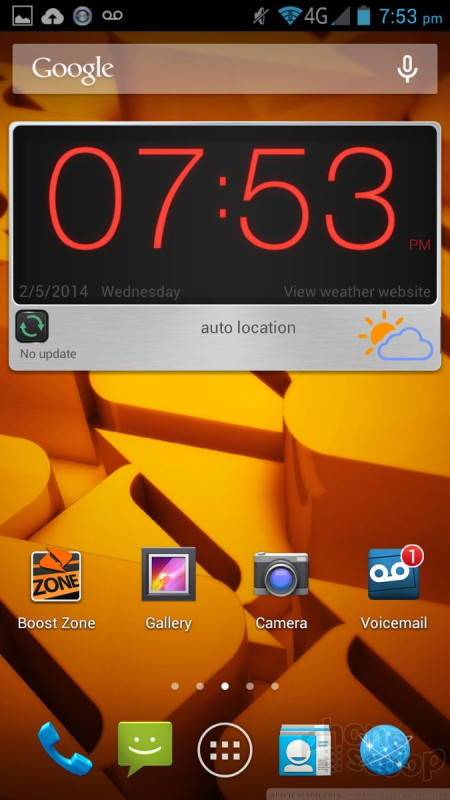




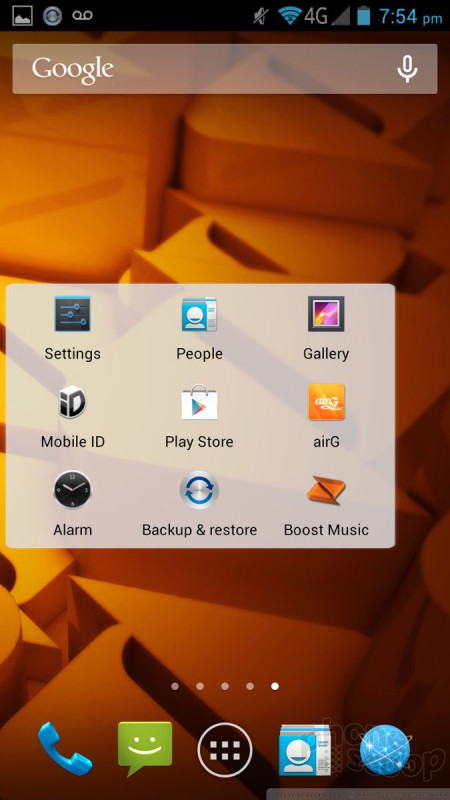




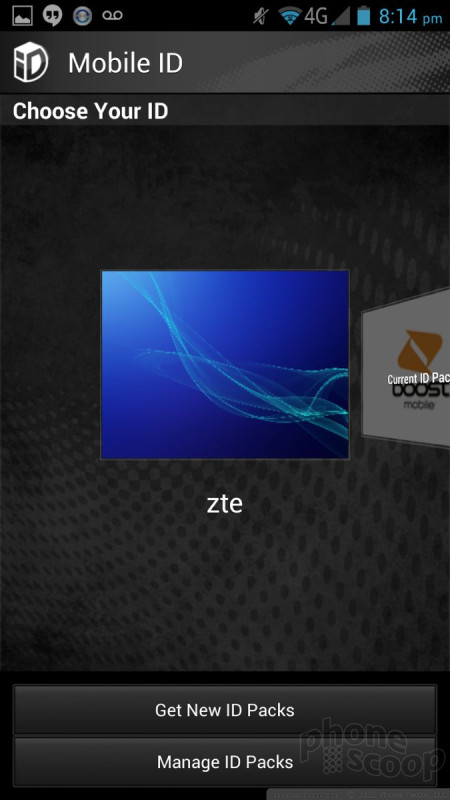



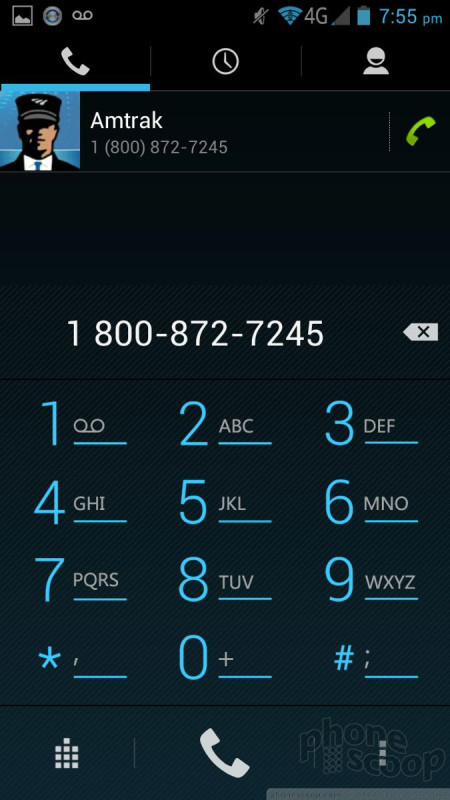






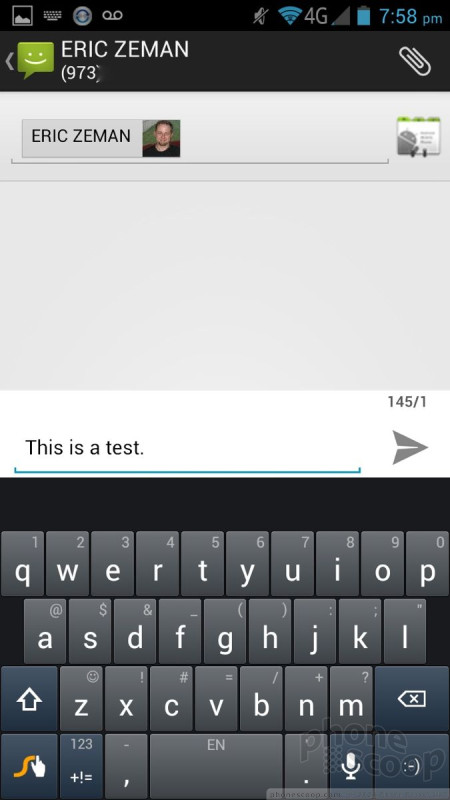







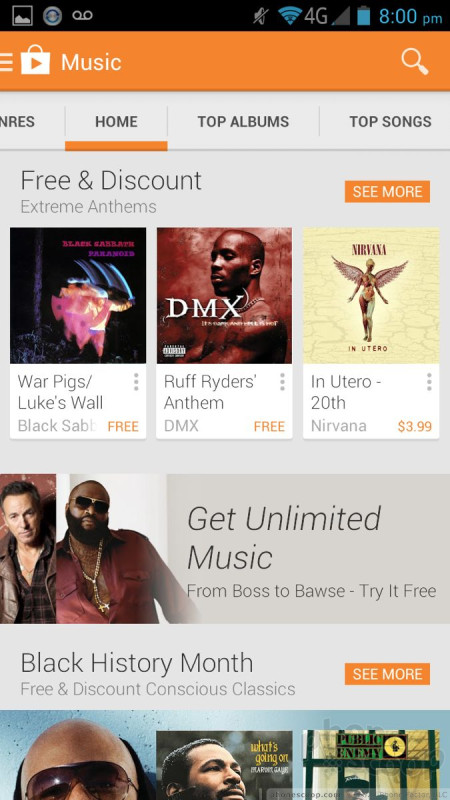











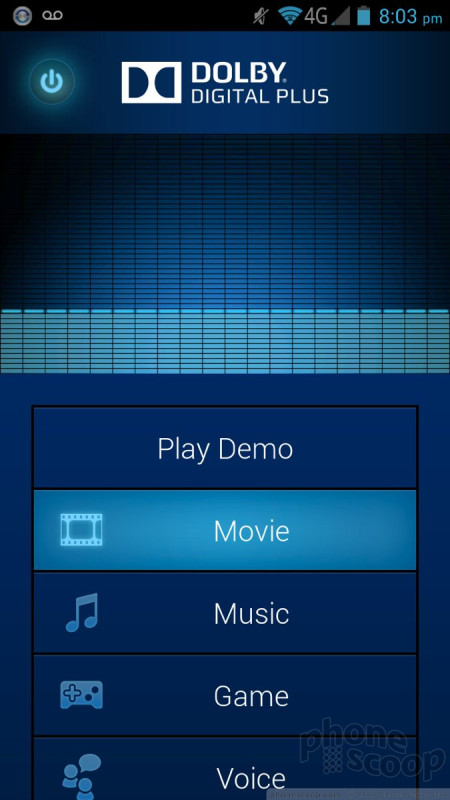



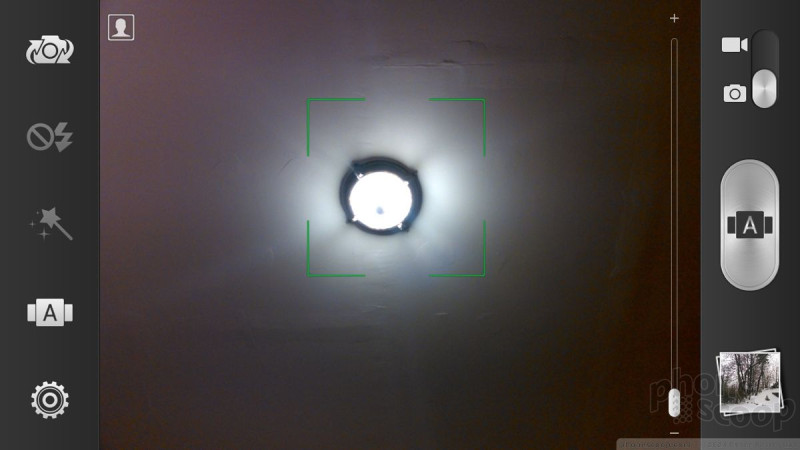






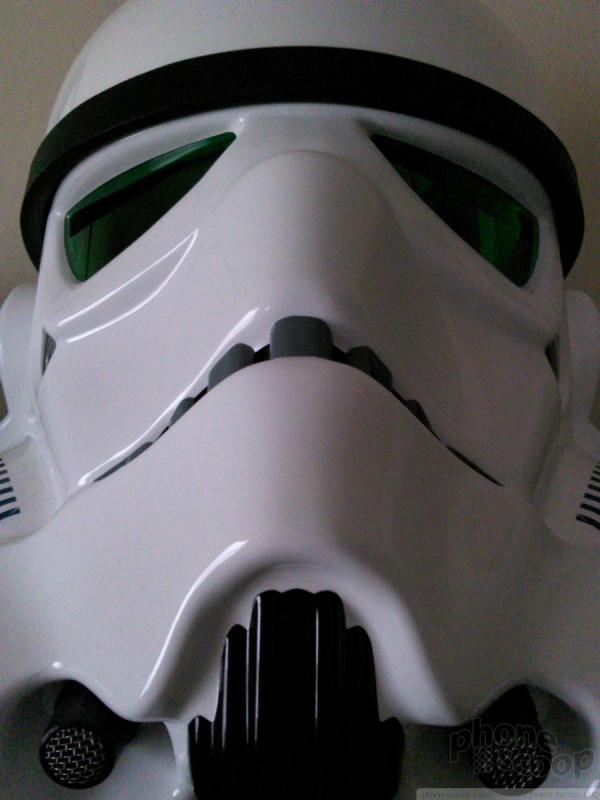

















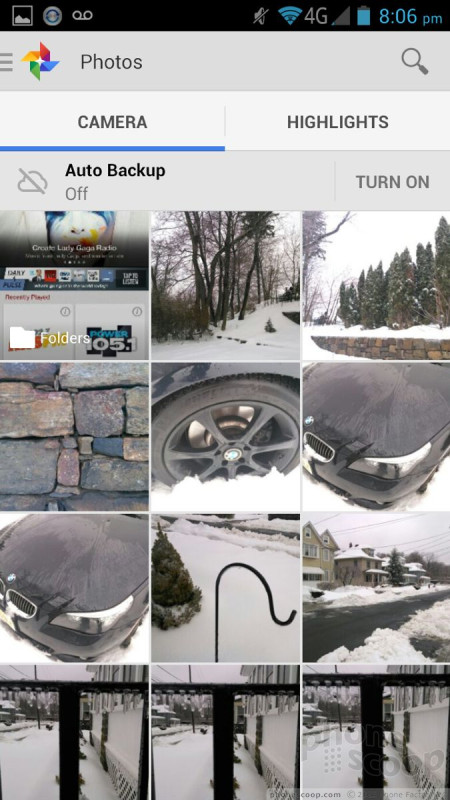





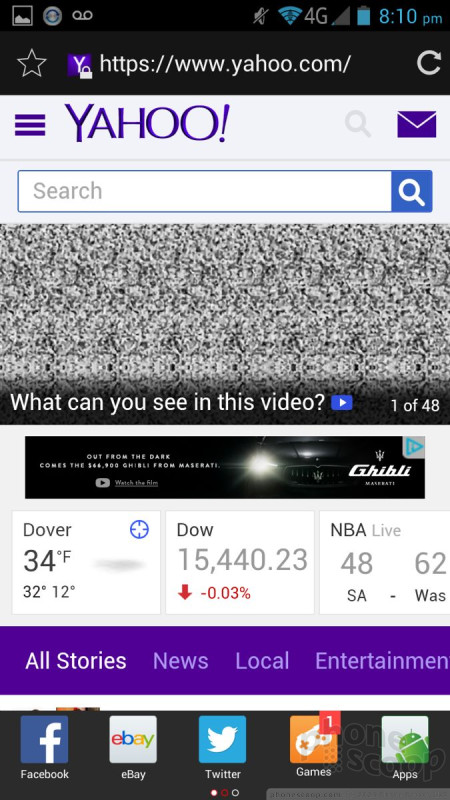




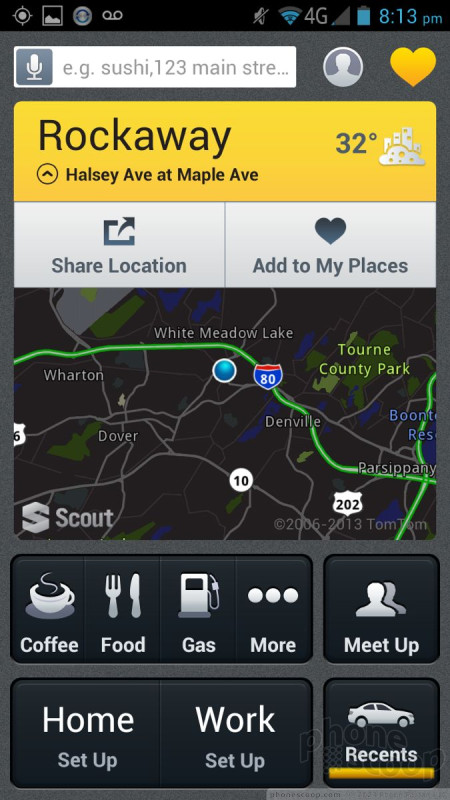






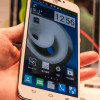 Hands-On: ZTE Grand S II and Iconic Phablet
Hands-On: ZTE Grand S II and Iconic Phablet
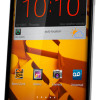 Boost Mobile Lands the Super-Sized ZTE Max
Boost Mobile Lands the Super-Sized ZTE Max
 iPhone 14 Plus Offers a Big Screen For Less
iPhone 14 Plus Offers a Big Screen For Less
 iPhone 15 Series Goes All-In on USB-C and Dynamic Island
iPhone 15 Series Goes All-In on USB-C and Dynamic Island
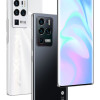 ZTE Axon 30 Ultra Drops June 4 with Triple 64-Megapixel Cameras
ZTE Axon 30 Ultra Drops June 4 with Triple 64-Megapixel Cameras
 ZTE Max
ZTE Max





